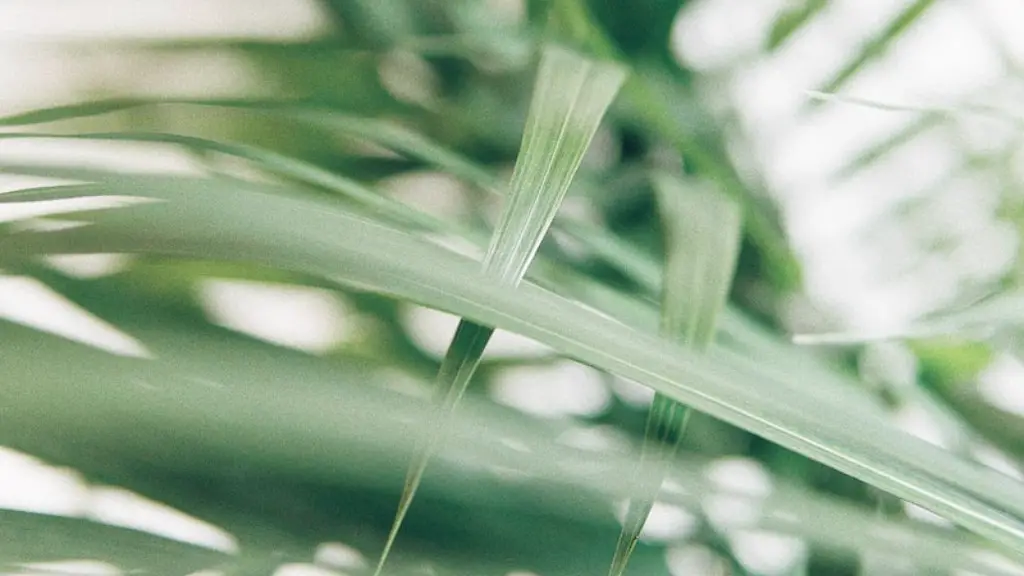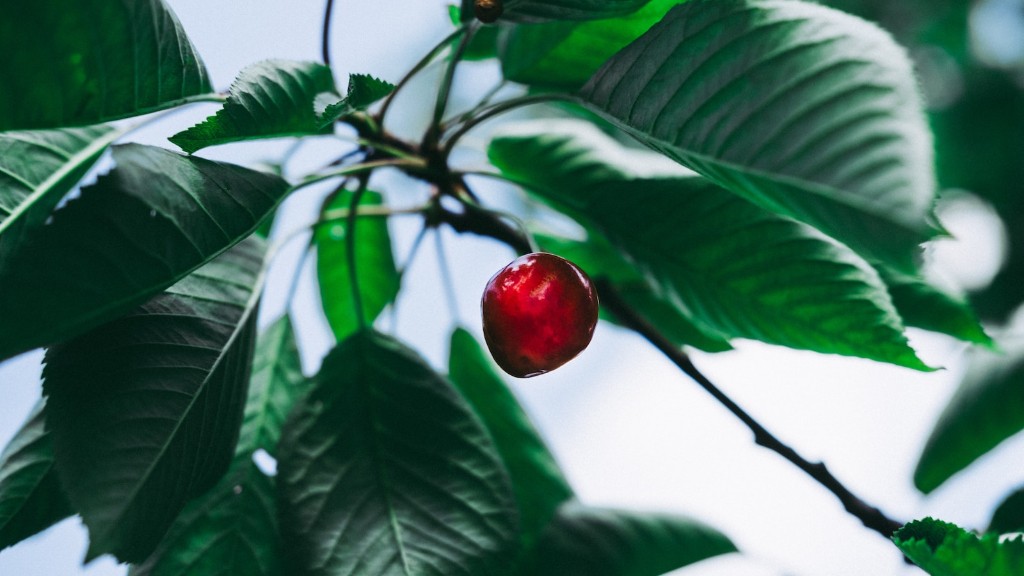Palm trees, with their distinctive fan-shaped leaves and elegant trunks, are a popular exotic choice to cultivate in yards. With an estimated 2600 species that range in size and have various resilience to their climate, they’re an incredibly versatile tree that adds impressive foliage and a hardy presence to any yard. While they are relatively easy to plant and maintain, ultimately a gardener’s responsibility is to feed their tree the right type of nutrition.
Palm trees start as seeds, and the nutrients they need to develop a strong root and branch structure come from the soil. Therefore, it’s important that the area where you’re planning on planting the tree has sufficient drainage and is well aerated. This can be done by adding compost and other organic materials. Having already-well-aerated soil is the best route.
Once your palm tree is planted, the first step to proper nutrition is water. Providing the tree with the appropriate amount of irrigation is essential for its growth. Palms are native to tropical climates, so they thrive in warm and humid environments and require ample water. The amount of water an established tree needs varies depending on the age and size of it as well as the environmental conditions in its area. It’s also worth noting that too much water can cause the tree to suffer from root rot, so it’s important to check the ground before watering the tree.
Apart from watering your tree, fertilization is key to keeping a palm in a healthy condition. Just like all living things, palms require both nitrogen, phosphorus, and potassium to thrive. These can be found in organic and sodium-based fertilizers that can be purchased at a local garden center. Fertilizers also contain micro-nutrients like calcium, magnesium and iron, which are beneficial for providing additional nutrients. The frequency and amount of fertilizer you should use depend on the age, size, and conditions of your trees so it’s important to do your research and speak with a professional if you’re unsure.
Nutrients for a palm tree come not only from fertilizer but also from the leaves themselves. As part of their shedding process, the leaves will drop, containing nutrients that are then broken down back into the soil. Allowing the leaves to lay on the soil gives the tree the opportunity to feed on the nutrients long after the fertilizer has been used.
In addition to fertilizers and leaf-feeding, pruning is also a great way to keep your palm strong and healthy. Pruning a palm tree will not only help it stay attractive but also help reduce susceptibility to disease. If you decide to prune, make sure to not over-prune the tree as this can be detrimental to its health. A good rule of thumb is to never remove more than 25-30% of the foliage from the tree.
Bugs and other insects can harm palm trees by eating the leaves and branches, causing damage to the tree. Therefore, prevention and pest control is key. Keeping the environment around the palm clean and free of debris, discouraging overgrowth of plants around it, and checking for evidence of pests regularly can help protect it from potential problems.
Organic Fertilizers
Organic fertilizers are becoming increasingly popular, especially for use on palm trees. They generally come from the breakdown of plants and animal sources, so they are generally easier on the environment than their chemical alternatives. Examples of organic fertilizers include bat guano, bone meal, or kelp.
Organic fertilizer is an excellent source of nutrients for a palm tree, as it contains both macronutrients and micronutrients required by the tree. It also helps to improve the soil structure and aeration, which can be beneficial for the tree’s root system.
Organic fertilizer is generally used between two and four times a year and must be applied regularly for best results. It’s also important to note that it can take several months before the tree will begin to show signs of an organically fertilized environment, so it’s important to be patient.
Protecting the Tree From Animals
Animals can damage a palm tree, either directly through eating the tree’s leaves and fruits or by digging. The same steps taken to prevent insect damage can also be taken to help protect the tree from animals, such as keeping the yard clean and free of debris.
It’s also important to check the tree regularly for signs of animal damage such as gnawed branches, animal droppings, or nests. If any of these signs are present, it’s a good idea to take steps to protect the tree, such as wrapping it with mesh or installing motion-activated lights. Additionally, it’s a good idea to bring in a pest control professional to help identify and address any issues.
Depending on the severity of the animal damage, it could take some time for the tree to heal. During this time, it’s important to provide it with extra water and fertilizer, as well as regular pruning, to ensure that it remains healthy.
Conditions to Avoid
There are a few conditions that can be damaging to a palm tree, so it’s important to take the necessary steps to avoid them. For example, too much or too little sunlight can both be detrimental to the health of a tree. It’s important to choose a planting site with the right amount of sunlight, depending on the species, and then stick to providing the same amount of sunlight each day.
Excessive wind can also have a negative effect on a palm tree’s health, as it can cause the leaves to burn and the branches to droop. To protect the tree, it’s important to plant it in an area protected from strong winds. Additionally, fertilizing and pruning may be necessary in order to revive the tree and encourage growth.
Purchasing and Planting
When purchasing a palm tree, choose a young one as it will be easier to nurture for growth and transplanting. Depending on the type of palm, the size can vary greatly, so it’s important to be aware of the eventual size of the tree before making the purchase.
When planting, the area should have sandy, well-draining soil and should be cleared of weeds, grass, and debris. It’s also important to ensure that there is sufficient space between the palm and existing plants to prevent root competition.
The soil should be loose and slightly acidic, so adding an acidic fertilizer such as ammonium sulfate can help ensure the tree’s health. The tree should also be watered regularly, taking care not to overwater. Once planted and watered, the tree should be monitored for signs of growth.
Conclusion
Feeding a palm tree can be a rewarding experience and a great way to help the tree look, and remain, its best. While proper irrigation and fertilization is essential, it’s equally important to protect it from potential damage caused by insects, animals, and excessive wind. It’s also paramount to make sure that the soil has the proper structure and acidity as well as to plant your tree in an area with the right amount of sunlight. Ultimately, it’s important to research your tree’s specific requirements and to use the right measures to feed it so that it can grow strong and healthy.


